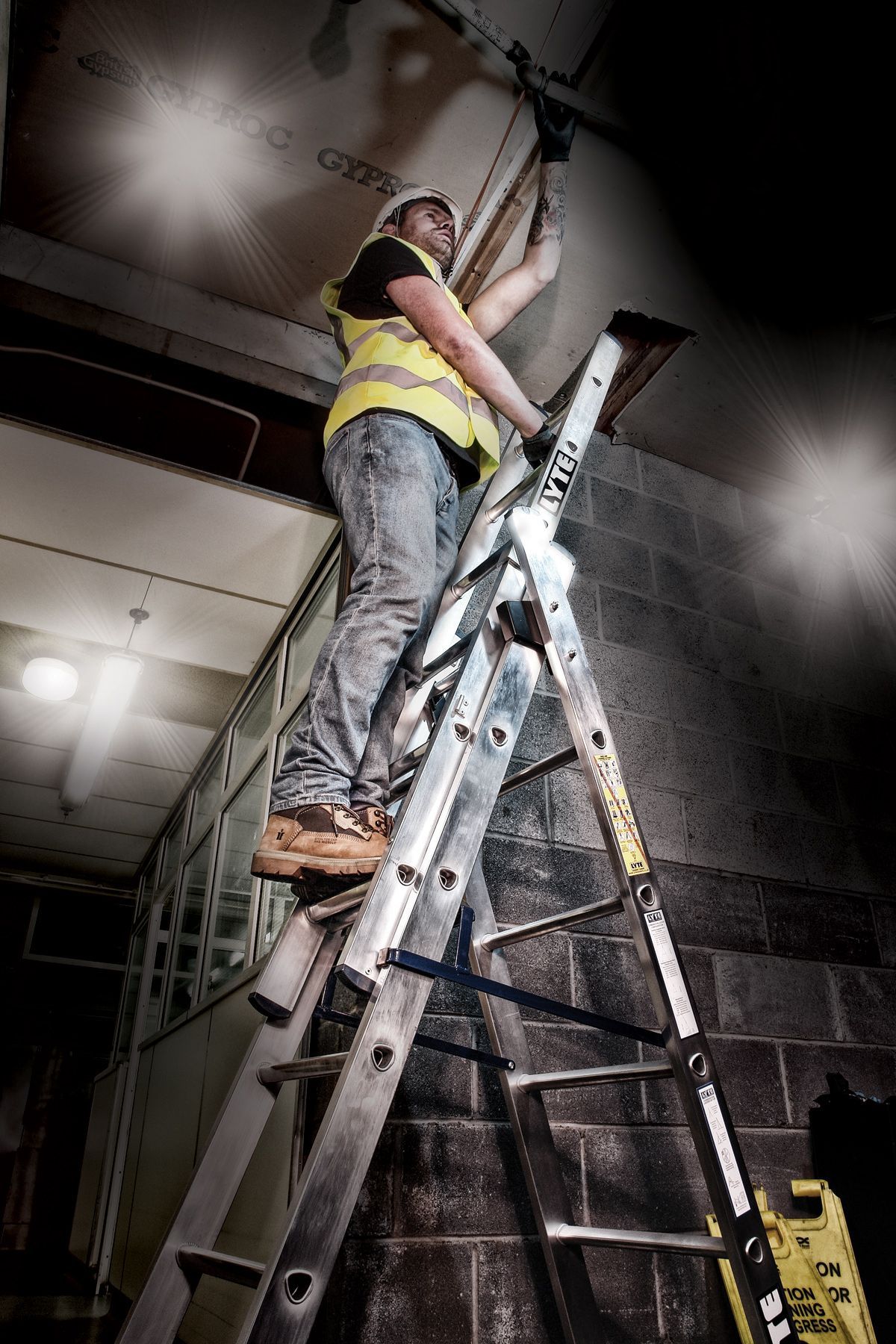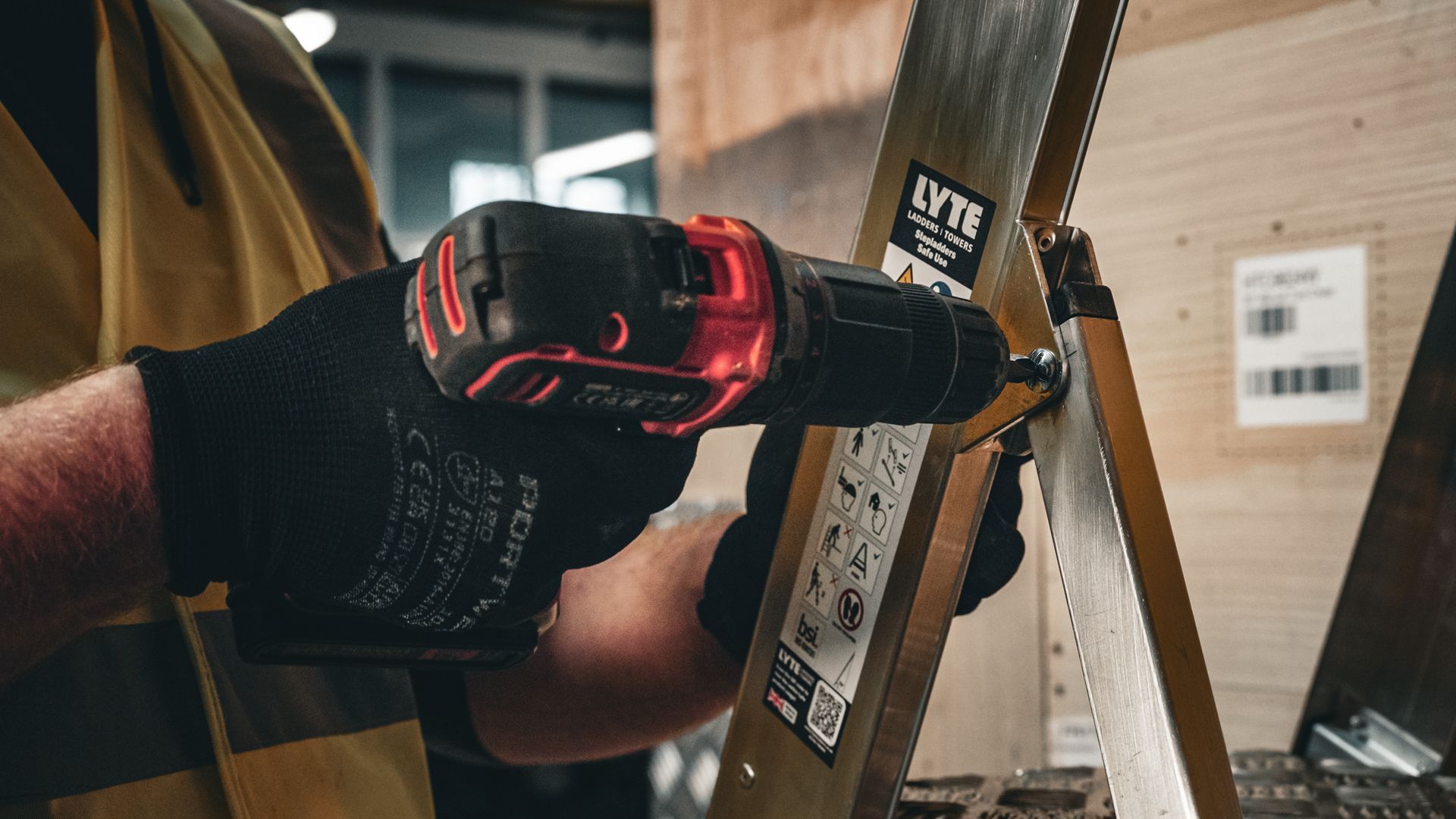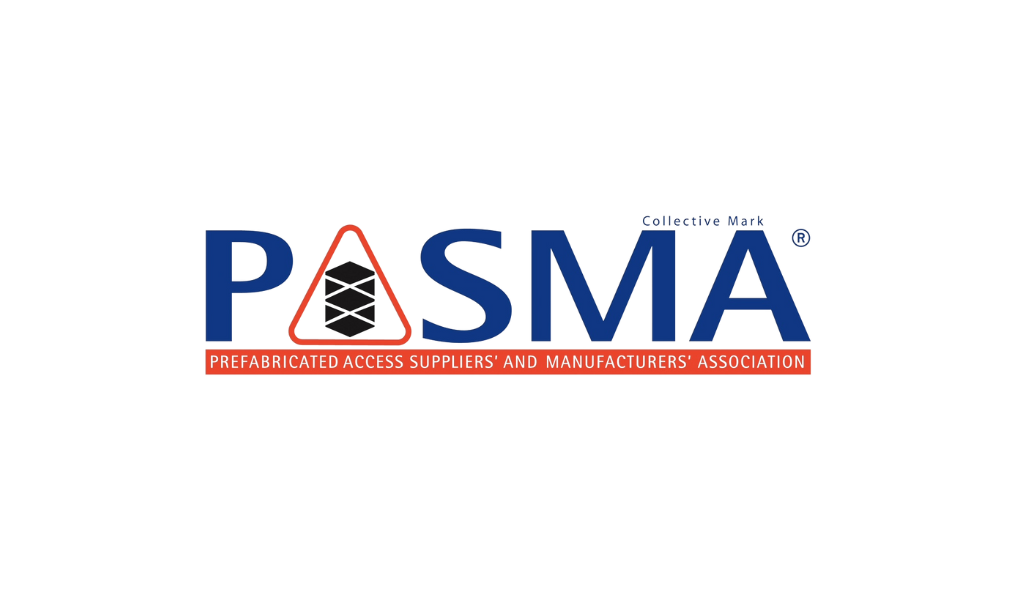Why Roof Ladders are Essential for Roofing Work
Working at height brings inherent risks, especially on sloped surfaces like roofs. To minimise these risks, it’s vital to use the correct access equipment. For roofing tasks, a dedicated roof ladder, such as Lyte’s market-leading TRL range, offers safety, efficiency, and protection for both the worker and the roof itself.
While it may be tempting to use accessories like ridge hooks to convert a standard extension ladder into a roof ladder, this practice introduces significant hazards. As Chris Loynes, Lyte’s Health & Safety expert, explains: “A roof ladder should be a standalone product specifically designed for roof work. Accessories cannot replicate the safety and functionality of a purpose-built roof ladder.”
Here’s why using the right access equipment matters and how roof ladders provide unmatched safety and reliability.
Roof Ladders are Designed with Safety in Mind
Roof ladders are purpose-built to tackle the unique challenges of working on sloped surfaces. Features like bearer bars, round ridged rungs, and ridge hooks are essential for:
- Protecting Roof Tiles: Roof ladders feature bearer bars with rubber or foam-coated stand-offs. These bars create a gap between the roof and the ladder, distributing weight evenly and protecting tiles from damage. Conversion kits for extension ladders lack this feature, which increases the risk of broken tiles.
- Ensuring Secure Footing: Roof ladders have round ridged rungs, designed to provide maximum grip on sloped roofs with angles between 25-60 degrees. In contrast, standard extension ladders with square or angled rungs are not designed for this purpose and can compromise footing.
- Preventing Ladder Movement: A robust ridge hook is critical for securing the ladder to the roof ridge. Roof ladders include heavy-duty hooks with large rubber-sleeved end bars, ensuring stability and preventing the ladder from slipping.
According to The Ladder Association and HSE, using the right ladder for the task is essential for reducing fall risks and ensuring safe working conditions.
Why Accessories Fall Short
Conversion kits that attach ridge hooks to standard extension ladders may seem like a cost-effective solution, but they introduce serious limitations:
- No Weight Distribution: Standard ladders lack bearer bars, putting excessive pressure on roof tiles, leading to potential breakage.
- Restricted Footing: Accessories don’t account for the gap between the ladder and the roof, forcing users to rely on narrow toe holds rather than stable footing.
- Safety Hazards: Without proper design elements like ridge hooks and angled rungs, converted ladders are prone to slippage and instability.
Choosing the Right Roof Ladder for the Job
Dedicated roof ladders, like Lyte’s TRL Trade Roof Ladders, come in various sizes to suit specific tasks. Here are key features to look for:
- Lightweight and Durable Materials: Aluminium roof ladders, such as the TRL range, are lightweight for easy positioning without compromising strength.
- Heavy-Duty Ridge Hooks: Look for a large, rubber-coated end bar to secure the ladder safely to the roof.
- Size Options: Roof ladders come in different lengths to ensure the perfect fit for various roof designs and angles.
Choosing the right ladder ensures you can complete roofing projects efficiently, safely, and without risking damage to property.
Best Practices for Working Safely at Height
To further reduce risks when working on roofs, follow these best practices, as outlined by HSE and The Ladder Association:
- Inspect Your Equipment: Check your roof ladder for any damage or wear before use. Ensure ridge hooks and bearer bars are intact and functioning properly.
- Position the Ladder Correctly: Place the roof ladder securely, ensuring the ridge hook is firmly attached and the bearer bars are properly aligned with the roof tiles.
- Maintain Three Points of Contact: Always keep two hands and one foot, or two feet and one hand, in contact with the ladder while climbing or working.
- Use Fall Protection: For extended work at height, consider using fall arrest systems, as recommended by HSE.
Roof work demands the right tools to ensure safety and efficiency. Dedicated roof ladders, like Lyte’s TRL Trade Roof Ladders, provide features that accessories and conversion kits simply cannot replicate. By investing in purpose-built access equipment, you protect not only yourself but also the property you’re working on.
When it comes to safety at height, shortcuts are never worth the risk. Choose a roof ladder designed for the job and work with confidence.
👉 Explore Lyte’s TRL Trade Roof Ladders here: TRL Trade Roof Ladders
#LadderSafety #WorkAtHeight #RoofLadders #LyteLadders #HSEGuidelines









